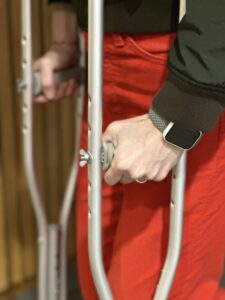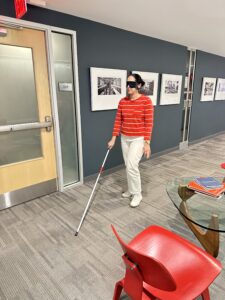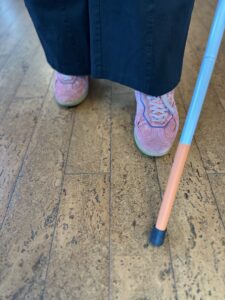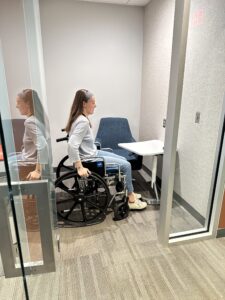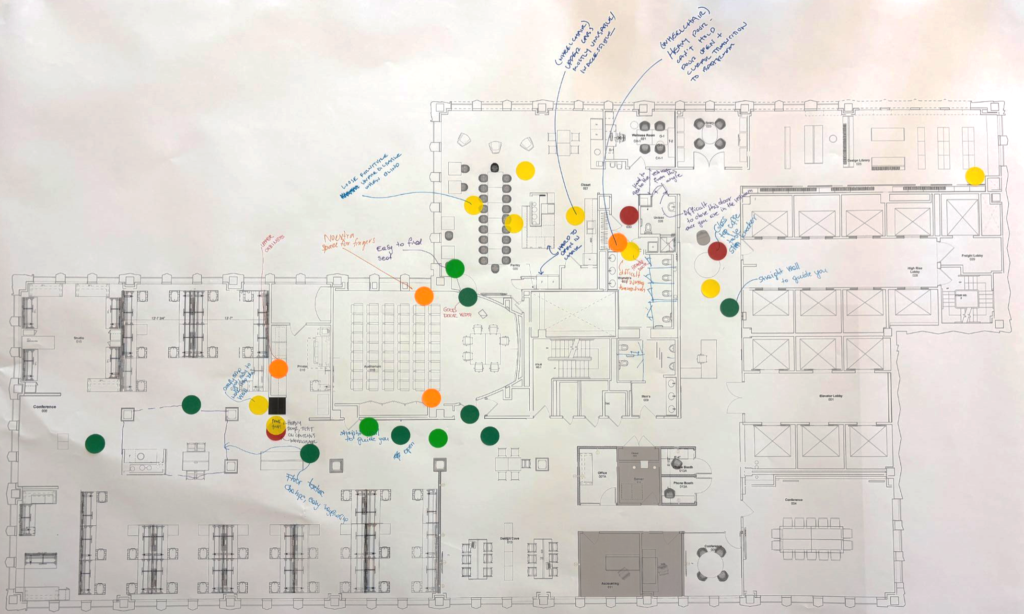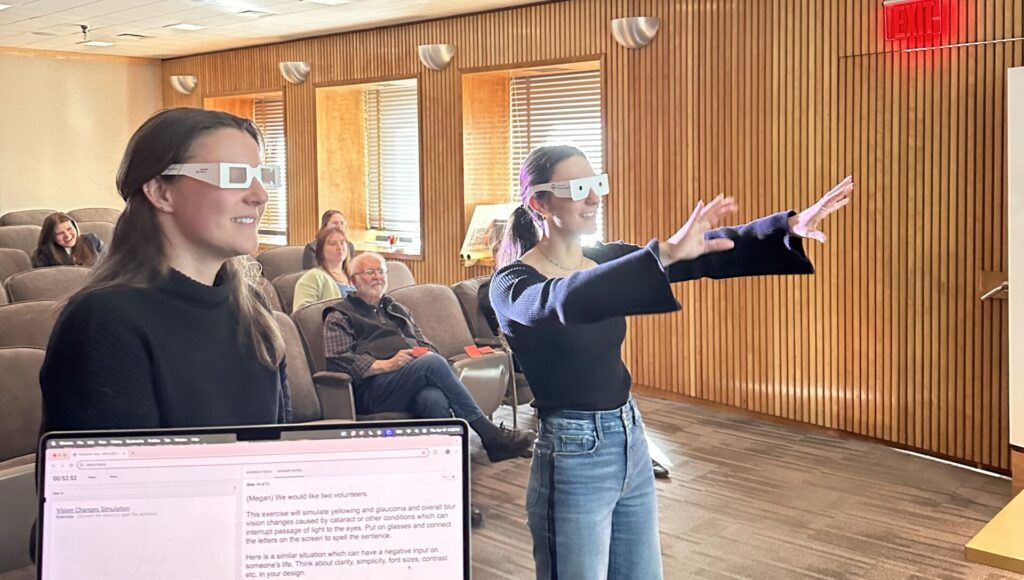Not many architects or designers get excited about studying code books. We personally know only one of them, yet various rules, regulations, and guidelines have a large impact on the spaces we shape.
What if we could gain this knowledge in a more intentional and intuitive way?
Immersive learning, or “learning by doing”, is defined as learning that occurs naturally and experientially with real-world contexts.
The scientific studies of human memory prove that this kind of learning is the most effective and efficient way of retaining knowledge. It triggers our episodic memory, which is the human ability to store long-term, complete personal experiences in different parts of our brain connected to vision, sound, touch, smell etc. in their multimodal tempo-spatial context (vision, sound, place, smell, etc.)
Theses types of studies and research give us the ability to put ourselves in another person shoes, empathize with them, and explore different sides of their experience which we could easily overlook by simply reading a paragraph in a code book.
With this approach in mind, we designed and facilitated a 2 week long workshop in our studios with various elements and activities including: presentations, a TED talk lunch, simulation exercises, surveys, evaluation of our existing office spaces, info-graphic posters, and thoughtful conversations about our process, personal experiences, and approach to design.
The workshop was open to everyone and provided various different opportunities to engage. Many of us actively participated, especially in the simulated exercises that pushed us past our comfort zones and required some vulnerability.
We believe that the two weeks of focused attention on how we experience, perceive, and navigate the built environment helped us become more empathic and responsible designers. Our Strada team came up with many creative ideas for incorporating those learnings into our process, such as making it part of our peer review and kick-off meetings, creating accessibility and inclusivity placemaps, and incorporating special clearances in our standard details.
The world arounds us is aging rapidly. By 2030, one in five Americans is projected to be 65 or older. Disability affects approximately 61 million people in the United States (26% of the population) and more than one billion people worldwide.
As designers, we have the opportunity, and, arguably, the responsibility, to design spaces that are accessible to everyone, regardless of age or ability. Inclusive design embraces those with and without disabilities to create a world that is usable by all to the greatest extent possible.
Be Well.

